 According to the Shitamachi Museum, the area of Tokyo known as “Shitamach”, less a physical entity to many than a state of mind, comprises the actual districts of Fukagawa, Honjo, Asakusa, Shitaya, Nihonbashi, Kyobashi and Kanda. That said, the exact boundaries of this area are still contested. Geographically, for example, the Ginza lies within the Shitamachi, as it sits to the east of hills that begin at the palace, but no-one would associate the area now with the gritty Low City.
According to the Shitamachi Museum, the area of Tokyo known as “Shitamach”, less a physical entity to many than a state of mind, comprises the actual districts of Fukagawa, Honjo, Asakusa, Shitaya, Nihonbashi, Kyobashi and Kanda. That said, the exact boundaries of this area are still contested. Geographically, for example, the Ginza lies within the Shitamachi, as it sits to the east of hills that begin at the palace, but no-one would associate the area now with the gritty Low City.
The expressions High City and Low City seem to have first appeared in a storybook called Eda Sangoyu (Beads of Coral) published in 1690, but for those who lived in Edo the distinction was already well established. The hilly, more prestigious bluffs of the yamanote, or High City, to the west of the castle, a diluvial terrace with good views across the city, was where the samurai residences could be found, while artisans and merchants were confined to the Shitamachi, or Low City to the east, the insalubrious, marshy areas most likely to suffer rising tides from the bay and flooding from the river.
While Shitamachi is regarded as the birthplace of Edo culture Ð expressed in print-making, kabuki and the refined mannerisms of the old pleasure quarters Ð on a more mundane level, the people who inhabited the low-lying areas were responsible for providing the daimyo and samurai families with food, goods and services. Their vital contribution to the life of Edo though, belied the low status in the social ranking of the city, a discontentment that, over the long period of the Pax Tokugawa, produced a fractious spirit of defiance.
The age saw the birth of the Edokko, or “son of Edo.” Although the received portrait of the Edokko is almost certainly exaggerated, most ukiyo-e depictions and literary accounts concur that he was a brusque and reckless type, devoted to gaiety and spectacle; an inveterate spender, dotting on fineries he could ill afford; bluntly-spoken, quick to take offense, the male version of the Edokko comes across as a spirited soul whose rough, manly exterior, tinged with a modicum of vanity, only barely conceals the yearnings of an urban dandy with a soft heart.
Large numbers of Edokko, with roots firmly sunk in downtown areas such as Kanda, Kyobashi and Shiba, had accumulated great wealth in their role as agents and brokers for the government’s rice granary in the Asakusa Kuramae district, as dealers in lumber at Kiba, as receiving agents for commodities coming down to the city or as managers of the thriving riverside fish markets. Nihonbashi was the home of the newly risen townspeople, the transfer point where support and appreciation for the arts passed from the exclusive domain of the aristocracy to commoners. Today’s Nihonbashi offers little visible trace, except in its place names and mercantile character, of a historical downtown area. For that, we have to look elsewhere.
Tokyo’s best chronicler of nostalgia, Nagai Kafu (1879-1959), has a character in one of his novels peering through the fence and shrubbery of a house in Negishi, westwards towards the old district of Yanaka, and thinking that “Manners and ways of feeling might become Westernized, but as long as the sound of the temple bell remained, and the Milky Way in the clear autumn sky… then somewhere, deep in emotions and ethical systems, there must even today be something of the ancient sadness.” Were Kafu, who mourned the death of the old city, bitterly lamenting the emergence of the new, to return to Tokyo today, it would probably be to somewhere like Yanaka that he would take refuge.
Much of the old city is in fact, quite literally, buried here. In the Meiji era, Yanaka Cemetery was the largest in Tokyo, and it still ranks as one of the big four. If graveyards can be beautiful, or at least plangent in their evocation of the past, then Yanaka Cemetery, with its mossy tombstones, leafy walks, wrought iron gates and worn stone lanterns is almost gothic in character, more suggestive of London’s Highgate Cemetery or the moldering catacombs of Bavarian barons than Tokyo’s glittering metropolis. There’s
A Yanaka Walk
 Yanaka’s narrow passages preclude heavy traffic, making the area ideal for walking. For the following recommended route, taken at a leisurely pace, you will need a comfortable half-day.
Yanaka’s narrow passages preclude heavy traffic, making the area ideal for walking. For the following recommended route, taken at a leisurely pace, you will need a comfortable half-day.
Start this stroll by turning left just after exiting Nishi-Nippor”s south exit. The quiet road here, sitting on the ridge known as the Suwa Plateau, is a good introduction to the old-world charms of Yanaka. Follow the sloping road until a clump of ginkgo trees and a well-weathered shrine appear on the left. Founded in 1322, Suwa shrine is home to the divinity that protects the Nippori and Yanaka districts.
It’s just a few steps along to Joko-ji temple, known as the “snow-viewing temple,” once a popular spot to watch snowflakes and compose poetry. There’s a rock in the garden where the shogun Iemitsu rested while admiring the view, which is now mostly comprised of massed railway tracks and love hotels. More interesting is the well carved stone Buddhas near the entrance and a valuable bronze figure of Jizo, guardian of children and travelers. The three-meter-high bronze statue was carved in 1691 by a Buddhist priest-artist named Kumu-shonin.
Cross the road and stroll a little way down Fujimi-zaka, or “Fuji-viewing slope,” a narrow road lined with old red brick walls. It’s still possible on a clear day, to glimpse the sacred mountain from here. Return to the road, turn right and a row of old wooden tenement houses from the Meiji period can be seen. Decorated with bamboo blinds and potted plants at the entrances, houses such as these have almost vanished from Tokyo. Directly opposite, the main attraction at Yofuku-ji is the temple’s main Nioman gate. The two Nio guardian statues installed within the gate, fierce-looking deva kings, were made at the beginning of the 18th century.
A sharp left at the end of the road and Kyoo-ji temple comes into view, its zelkova gate pitted with bullet holes fired during the battle of Ueno in 1868. Return to the main road, and cross to the opposite street, where a black building facade indicates the Asakura Choso Museum, a sculpture gallery dedicated to the work of Fumio Asakura, who lived here. The beautiful water garden is of special interest as the stones have been arranged to reflect the five Confucian virtues. Among the statues of flowing nudes, look out for one of exceptional and, in the context of Yanaka, a district of tombs, apposite brilliance ÐThe Gravekeeper. A rooftop observatory has wonderful views of the surrounding neighborhood.
Return to the main road, turn left and continue walking until you see a flight of stone steps descending to a narrow shopping street selling traditional crafts and foods jokingly called the Yanaka Ginza. Follow the smell of roasting tea to Chaho Kanekichi-en, an old- fashioned teashop near the entrance to Yanaka Ginza, where they prepare their own blends. Try the house brew, Yanaka Midori, a mix of roasted tea stems and green tea-ceremony matcha. They have a discreetly hidden garden out back. If you ask nicely they might let you have a look.
Return up the stone steps, retracing the route to the end of the road facing the southern entrance to JR Nippori station. Turn right up some steps before the entrance to enter Yanaka Cemetery along a row of cherry trees. Take the second turning on the left for Tenno-ji temple, a spacious compound full of colorful hydrangeas, azalea and white- flowered magnolia trees. The focal point of the grounds are the finely sculpted features of a statue known as the Great Buddha of Yanaka, a bronze figure cast in 1691.
Return to the cherry tree road, bear left and then take the first right, reaching a T-junction at the end. It’s easy to miss, but on the right side corner the Gamo residence is a fine example of dashigeta-zukuri (projecting girder style) design. Typical Edo- and Meiji-period buildings can also be found here, although their number dwindles with each passing year. Walk down the lane opposite the house, taking the first turn on the left until it reaches a busier street. Turn right, walk for a minute or two until the entrance of Zensho-an temple appears. Meditation sessions are held there on Sunday mornings, but the main point of interest is a six-meter high, gold leaf covered statue at the rear of the main hall. It is known locally as the Yanaka Kannon after the goddess of mercy. Continue down the same side of the slope for another 100 meters or so for Daien-ji temple. The complex comprises two adjoining halls, one Buddhist, the other Shinto, both with fine wooden carvings of dragons, nymphs and Chinese phoenix. There is a stone monument in honor of Kasamori Osen, an Edo-period beauty and subject of many ukiyo-e woodblock prints.
Across the road from Daien-ji is one of Tokyo’s oldest and most exquisite paper art shops, Isetatsu. Here you will find well-crafted fans, combs, dolls and colorful chests of drawers, all handmade from Japanese washi (paper). One of its specialties is chiyogami: designs reproduced from original samurai textiles. It’s a small shop with its original exterior still more or less intact. Despite the quality of its goods, most of its products are surprisingly affordable.
Take the lane next to the shop and walk until you reach a small crossroads. Turn left and then bear right at the T-junction and right again down a cul-de-sac for the Daimyo Clock Museum. The sensation of time standing still is reinforced in a most literal way with a fascinating collection of timepieces made exclusively for Japan’s feudal lords. The clock faces are especially interesting because the hours are marked, not by numbers, but by the Chinese characters used to indicate the 12 animals of the zodiac.
Return to the T-junction and follow the road down to busy Shinobazu-dori. Turn left and walk a few blocks along until you see a three-story wooden building. This is Kushiage Hantei, an atmospheric Japanese-style restaurant housed in a unique Meiji-era building. Kushiage are skewered meat, fish and seasonal vegetable combinations. If it’s too early for a meal, pop into their adjoining teahouse, an elegant setting for green tea and Japanese sweets. This walk ends near the Nezu metro station just across the road and along a bit from the restaurant.
Story by Stephen Mansfield
From J SELECT Magazine, August 2007

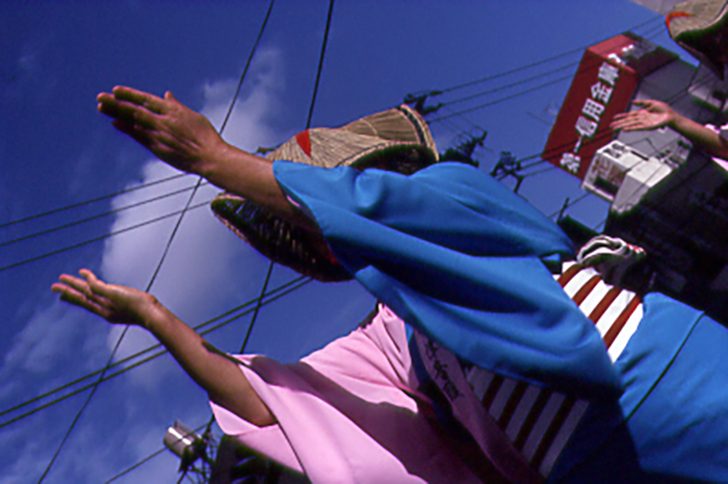

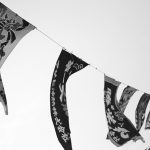



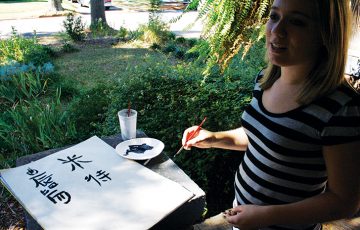
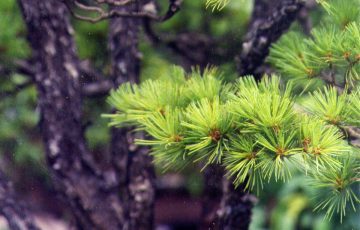
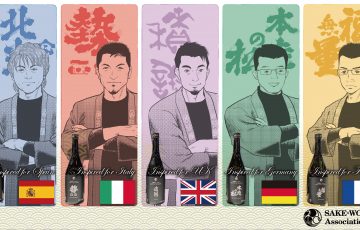
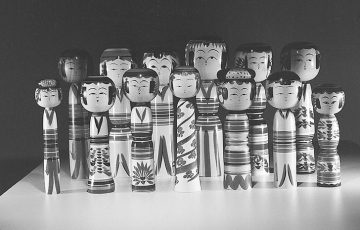
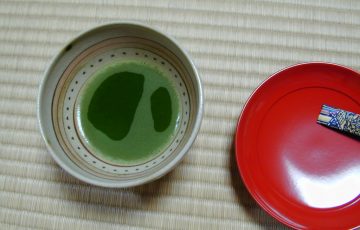



Recent Comments